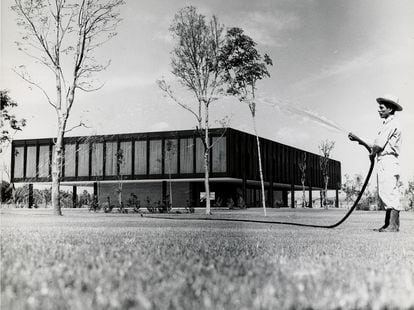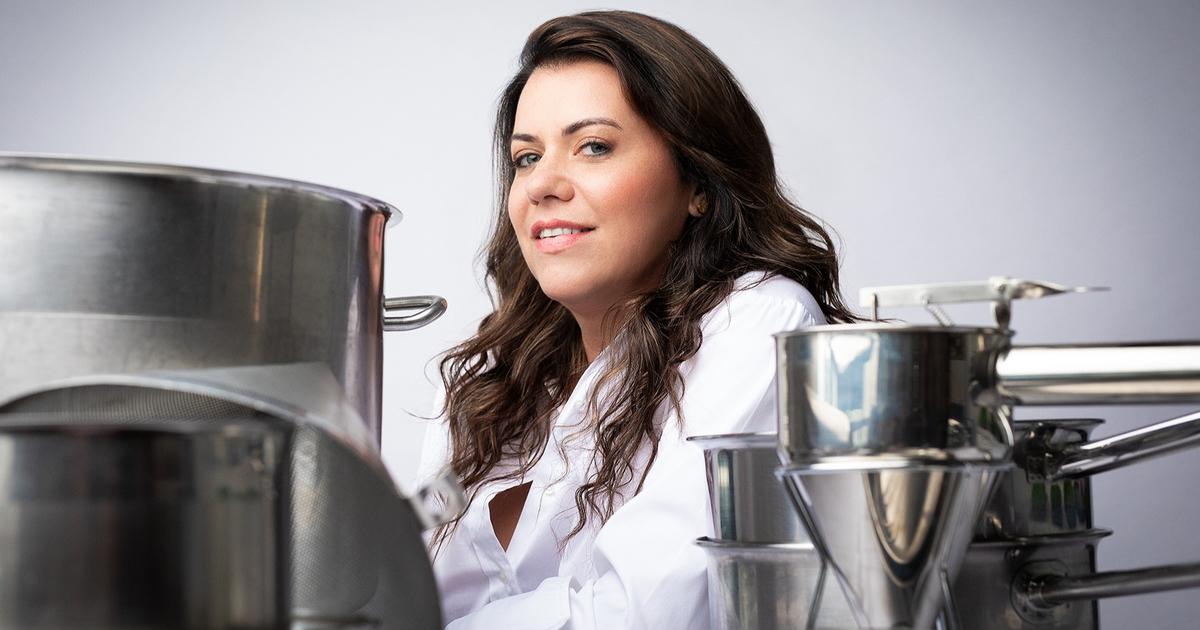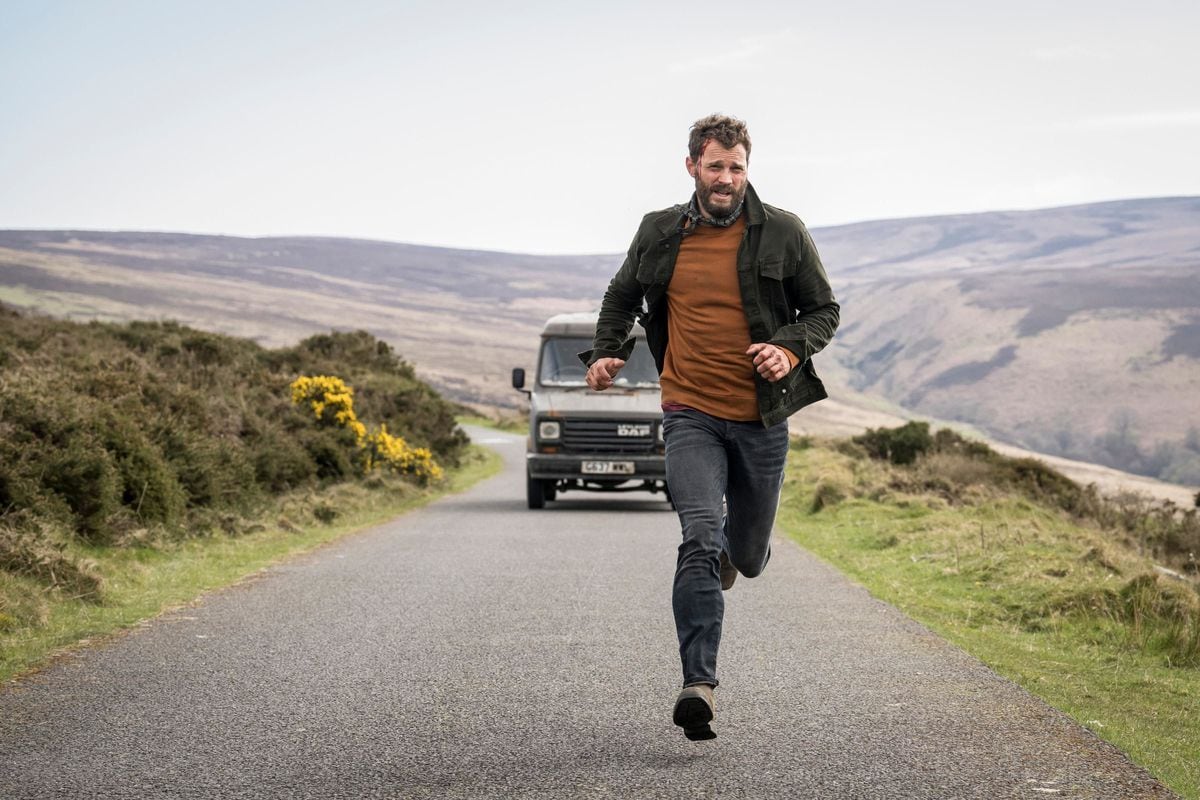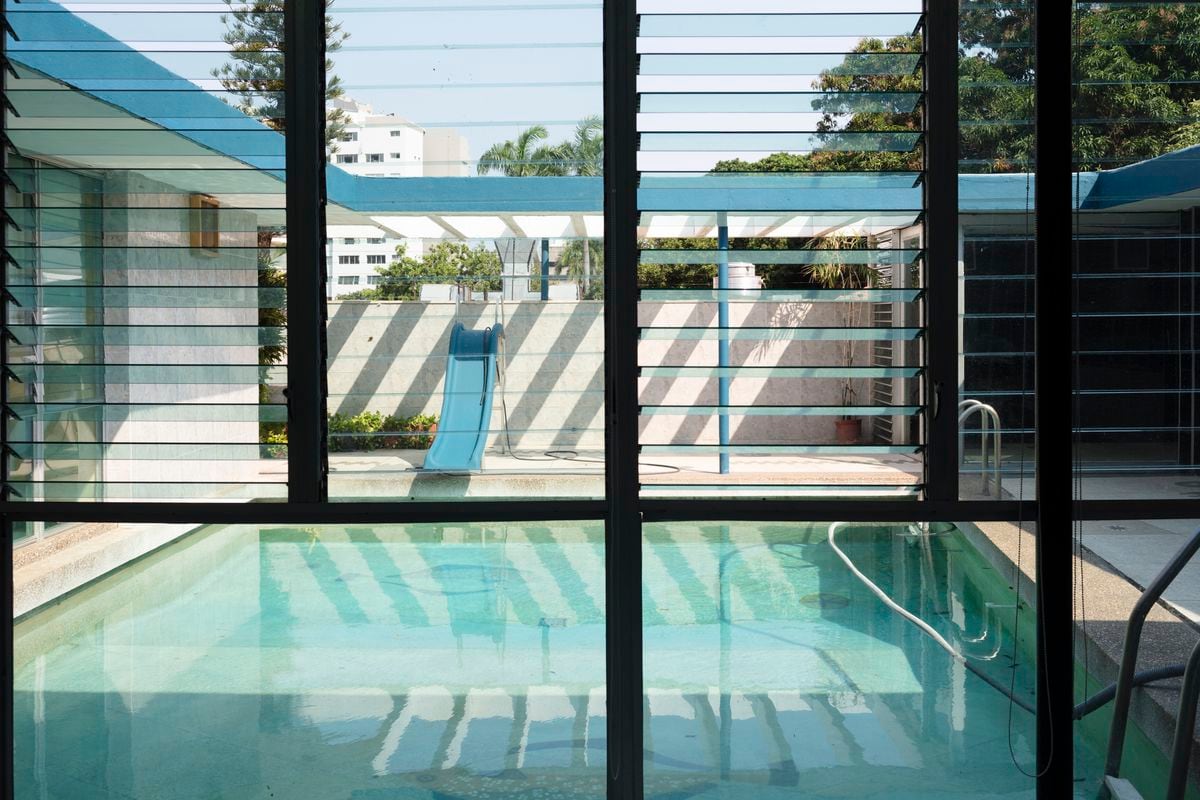At the end of 1958, Ludwig Mies van der Rohe was received by "at least 100 architects" at the airport in Mexico.
The German architect's right-hand man, Gene Summers, was traveling with him on the plane and recalled the episode many years later in an email sent to researcher Salvador Lizárraga Sánchez.
"Mr. Bosch must have fixed it," Summers wrote.
Mies arrived in Mexico to see the land where the offices that he was designing for the Bacardí distillery would be built, commissioned by the then president of the company, José María Bosch.
Of Mies's passage through the country, there are hardly any documents or photos.
For this reason, some believe that he actually never set foot in Mexico.
He kept the work, a two-story pavilion closed to the general public.
EL PAÍS has visited the only building by the German architect in Latin America.
“My ideal office is one in which there are no divisions, in which everyone, bosses and employees alike, see each other,” wrote Bosch, president of Bacardi between 1944 and 1976, when he commissioned Mies to build the offices of the company in Mexico.
"I don't know if I agree with a provision like this," asked the businessman.
Mies had to have been because it is what he designed for the company's land in the municipality of Tultitlán, an industrial hub in the Mexico City metropolitan area.
The realization was remotely supervised by the architect during the year that the works lasted.
The building is a dark prism floating meters from a frenetic highway.
It is a two-story construction made of steel, glass and Mexican travertine marble.
An immaculate space that asks for silence and distance;
a clean and geometric composition.
Mies closed off the ground floor with glass panels that allow the outside to be seen in all directions.
In the center, he placed two symmetrical stairs that go up to the second floor.
There are the desks –without walls, as Bosch wanted–, some meeting rooms and a small bar.
Interior of the Bacardi offices in Tultitlán.Quetzalli Nicte Ha
The architect and critic Miquel Adrià points out that the work has “everything that is expected of a Mies building”: “The exposed steel structure, the free ground floor.
The height is very
Miesian
and the railings of the stairs”.
“He said you can't invent architecture every Monday morning.
It's a way of saying: 'I do the architecture that I do and that's what I know how to do”, says Adrià.
The architect, however, points to a peculiarity of this building: “Mies came to make two very clear typologies, the tower and the pavilion.
The difference between the two is in the structural elements.
This looks like a pavilion, but if you see it in plan it would fit into that different typology that is the vertical building”.
When Bosch commissioned the work to Mies, the German was already an icon of modern architecture obsessed with building.
He had designed the German Pavilion in Barcelona, considered by many to be his masterpiece;
he had directed the Bauhaus, the school that laid the foundations for modern design;
he was living in the United States, where he had already built the Farnsworth house near Chicago, the most prestigious house of the 20th century, and yet uninhabitable.
He had also popularized a maxim that condenses his philosophy.
The sentence “less is more”, write Anatxu Zabalbeascoa and Javier Rodríguez Marcos in
Vidas Construdas
, “has often served as a panacea to resolve the contradictions of a tense, complex, polyhedral and even ambiguous work, that is to say, immensely rich”.
Bosch was looking to expand the brand internationally and architecture was a means to achieve this.
Almost at the same time that he commissioned the Tultitlán building, the businessman asked Mies for a headquarters for his operations center in Santiago de Cuba, where the distillery had been founded in 1867. It was an ambitious design resolved on a single floor that became cover of almost all architecture magazines.
But with the Cuban Revolution and the nationalization of the company's assets, Bacardi left the island and the building was never built.
For some, it was the most famous unbuilt design of modernity.
Years later, it was recovered for the Neue Nationalgalerie in Berlin, which Mies opened in 1968, shortly before his death.
File photo of the exterior of the Bacardi offices. Courtesy
In the Caribbean country, the only thing that remained of the distillery was the Bacardi building, the first skyscraper on the island, built in the 1930s.
“The company has always considered architecture part of its
storytelling
,” said architect Allan T. Sulman at the presentation of the book
Building Bacardi: Architecture, Art & Identity,
in which he investigates the brand's legacy in the discipline over the past century. In America.
In the book, Sulman analyzes works designed for the firm by creators who "challenged the way of doing corporate architecture."
“Bacardí never defined style.
On the contrary, they were very risky”, said the academic.
In Tultitlán, the Mies building coexists with buildings by the Spanish architect Félix Candela, who went into exile in Mexico in 1939 and built most of his work in the country.
Within the 30 hectares of the rum factory in the State of Mexico, the Madrid architect, 24 years younger than Mies, designed three buildings: the bottling plant, the employee dining room and the aging cellars.
All three are light concrete structures with roofs in the shape of hyperbolic paraboloids or inverted umbrellas inaugurated before 1971.
“A very fortunate contrast”, values Adrià, “between the geometric rigor of Mies –the black box with steel structures– and the more sinuous and organic forms of the covers by Félix Candela in particular”.
Adrià, who does not know if the two came to coincide and comment on his projects, clarifies that at the end of the fifties, Candela did not have "the same level" as Mies.
“Over time we can see it as a dialogue, but at that time Candela was simply someone who solved a problem.
[His] was not a work of authorship yet.”
Interior of the bottling plant, designed by Félix Candela.
Quetzalli Nicte Ha
A little known work
The only Mies van der Rohe building in Latin America is not well known outside expert circles.
Salvador Lizárraga Sánchez ventures a hypothesis about the reason in his research: “Surely it is largely due to the fact that he himself, throughout his entire career, discreetly but firmly indicated to the critics which buildings should be talked about and of which not”.
In the last decade alone, the company has become more actively involved in disseminating the work and now, each year, they receive around 5,000 visitors who enter only by invitation.
In 2019, the multinational began "revitalizing" works on the building to "reach the original colors with which it opened again," explains Carlos Felici, who manages the company's External Affairs area.
“All the blacks are applied, all the marble is perfectly polished, the camel color of the [wooden] panels is brought back to the original condition,” the engineer points out during a tour of the plant.
The dynamic on a weekday is that of any office, except that employees cannot bring food or drinks to their desks.
Over the years, the company has made some modifications to the original design.
On the ground floor, for example, glass meeting rooms have been added that can be dismantled.
Although some of the original armchairs remain, most of the furniture – desks, chairs, curtains – has been changed.
Adrià points out that “some air conditioning units appeared on the roof that were not very friendly to Mies's aesthetics”.
The architect believes that the changes "are not fortunate, but not too serious either."
“There have been times when it was a bit sad, the directors had no idea what a Mies building was.
Now, if they don't understand it, at least they respect it," says the critic.
"The good news," he says, "is that he has survived."
subscribe here
to the
newsletter
of EL PAÍS México and receive all the informative keys of the current affairs of this country


/cloudfront-eu-central-1.images.arcpublishing.com/prisa/B4T7XCN2ORDQLGNNVCIV4QQYC4.jpg)




/cloudfront-eu-central-1.images.arcpublishing.com/prisa/W33JSXVPKRF7FMDYEETPSPNNKY.jpg)






